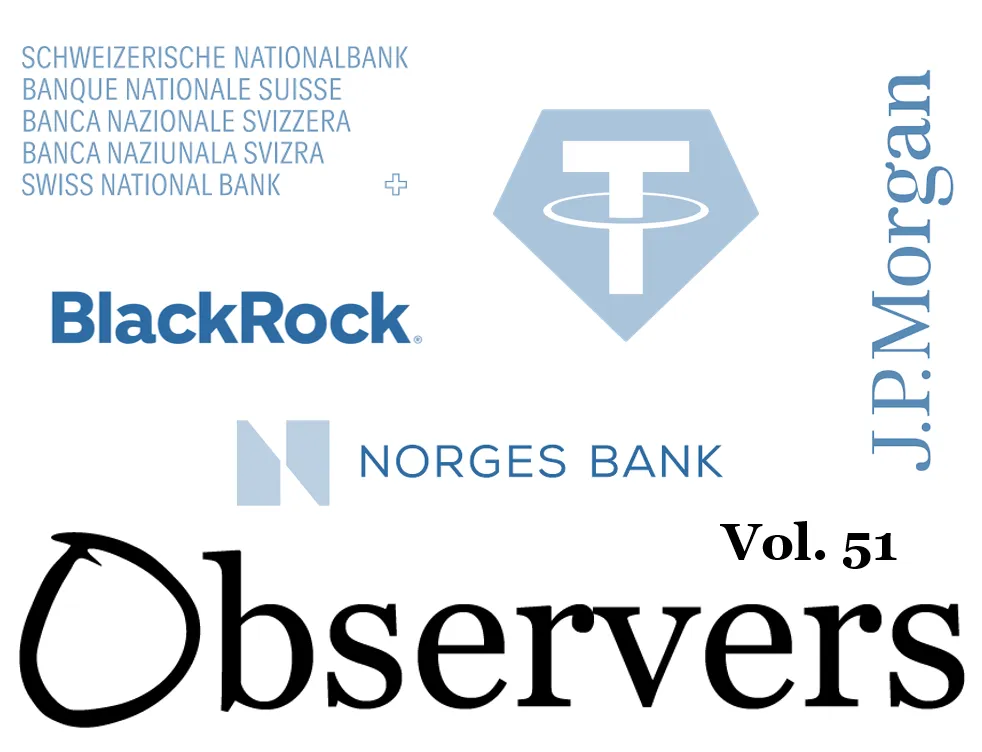Banking CBDC Roundup, CBDC, BlackRock, JPMorgan, ECB, mBridge, USA, Norway, SNB, Hadron, BUIDL, UK, Kinexys, Tether USDT
Banking and CBDC Weekly Roundup: 18/11/2024
New estimates project how much demand there will be for a digital euro. Plus, Tether launches a new tokenization platform, as BlackRock expands its tokenized fund to five new blockchains.

